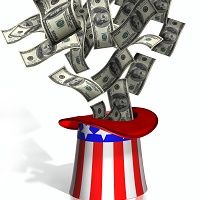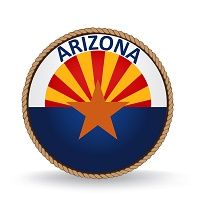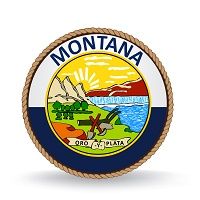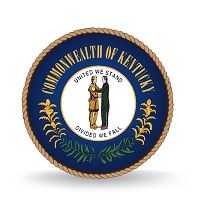The 9 States Most Economically Dependent on Uncle Sam
Nobody likes to pay taxes, but if April 15 reminds us of anything, it's that our finances and our government are inextricably intertwined.

Nobody likes to pay taxes, but if April 15 reminds us of anything, it’s that our finances and our government are inextricably intertwined.
Of course, the financial transactions go both ways. Taxpayers pay money to the government and, in theory, the government provides services in return. In doing so, the federal government also provides direct employment for millions of Americans. According to The New York Times, Uncle Sam employed 2.7 million people in 2013, and that figure was the lowest amount in nearly a half century.
The personal finance website WalletHub recently endeavored to find out which states are most dependent on the federal government. They looked at a variety of factors, such as how much money a state gets back compared to how much it sends to the government, what proportion of a state’s revenue comes from the feds, and how many federal employees the state has.
On a macro level, the survey found Democratic-leaning “Blue” states tend to be less dependent on the government than their “red” peers. For instance, New Jersey, which reliably votes for Democrats in presidential elections, gets just 48 cents back for every dollar it sends to Washington DC. Meanwhile, conservative stronghold South Carolina receives a whopping $5.38 for each dollar is sends to the federal government.
What follows is a list of the 10 most dependent states in the nation, according to WalletHub’s analysis. Also included are the state’s return on taxpayer investment and the proportion of the state’s revenue that comes from federal funding.

Return on Taxpayer Investment (per $1 in taxes): $1.58
Federal Funding as Percentage of State Revenue: 35.42%

Return on Taxpayer Investment (per $1 in taxes): $0.80
Federal Funding as Percentage of State Revenue: 39.78%

Return on Taxpayer Investment (per $1 in taxes): $1.37
Federal Funding as Percentage of State Revenue: 42.21%

Return on Taxpayer Investment (per $1 in taxes): $1.47
Federal Funding as Percentage of State Revenue: 36.26%

Return on Taxpayer Investment (per $1 in taxes): $1.91
Federal Funding as Percentage of State Revenue: 34.91%

Return on Taxpayer Investment (per $1 in taxes): $1.24
Federal Funding as Percentage of State Revenue: 37.49%

Return on Taxpayer Investment (per $1 in taxes): $2.46
Federal Funding as Percentage of State Revenue: 36.64%

Return on Taxpayer Investment (per $1 in taxes): $2.18
Federal Funding as Percentage of State Revenue: 35.26%

Return on Taxpayer Investment (per $1 in taxes): $2.34
Federal Funding as Percentage of State Revenue: 43.68%

Return on Taxpayer Investment (per $1 in taxes): $2.19
Federal Funding as Percentage of State Revenue: 37.89%
ACTIVA BioACTIVE Bulk Flow Marks Pulpdent’s First Major Product Release in 4 Years
December 12th 2024Next-generation bulk-fill dental restorative raises the standard of care for bulk-fill procedures by providing natural remineralization support, while also overcoming current bulk-fill limitations.